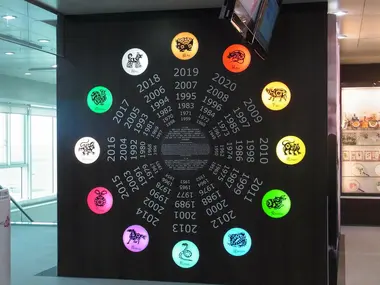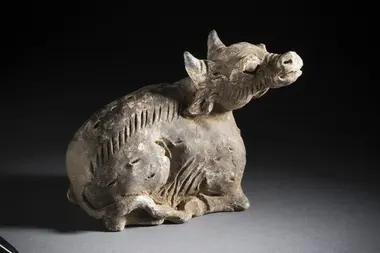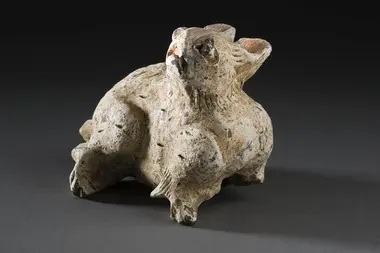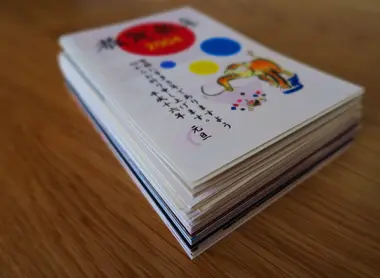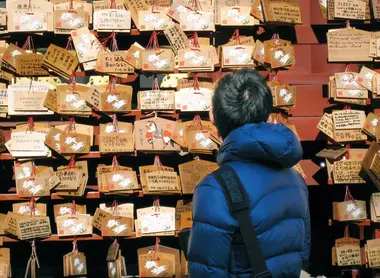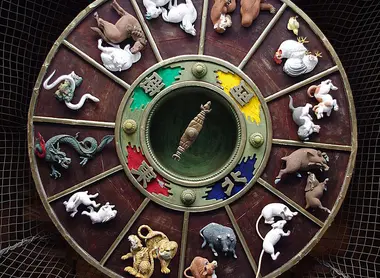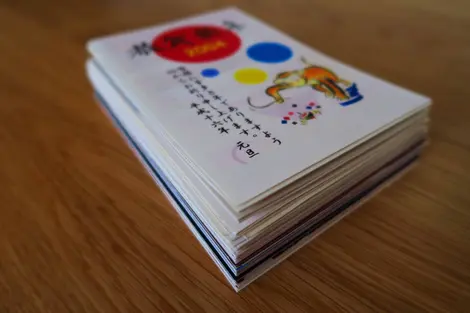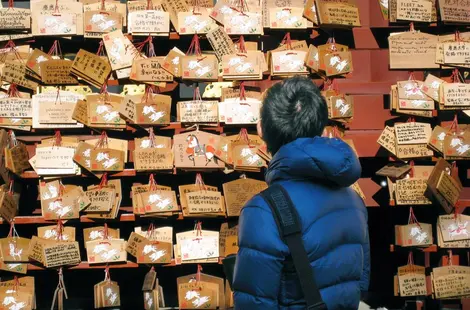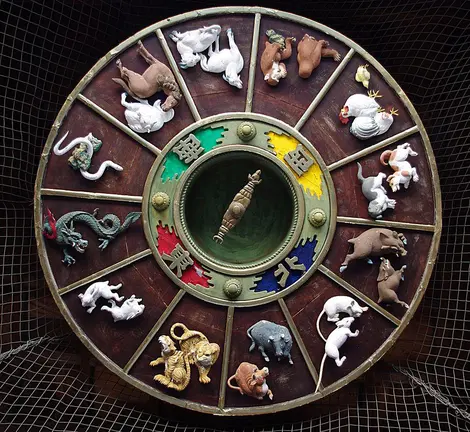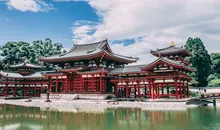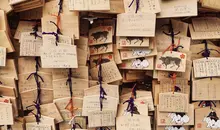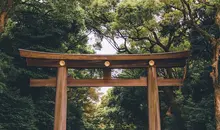Jûnishi: the 12 signs of the zodiac
- Published on : 02/12/2019
- by : Ph.L
- Youtube
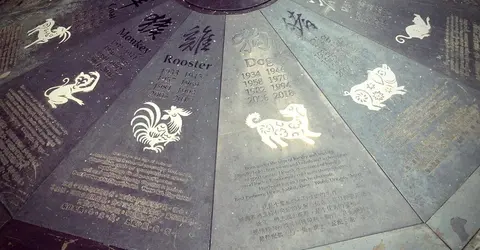
Les signes du zodiaque chinois
Flick/ lemonfilmblog
12 animals and 5 elements for astrological signs
Jûnishi, the twelve signs of the Japanese zodiac are borrowed from the Chinese lunar calendar and although the latter is no longer used, the twelve signs of the zodiac related to it are still very present in Japanese culture.
Twelve signs from the Chinese calendar
Named Genka-reki, the Chinese calendar saw the light of day in 425 in northern China. Beginning on the first day of the lunar year and not January 1, this calendar is based on a 60-year cycle simplified into small cycles of 12 years each. Each year of the mini-cycle is then associated with one of the five elements of the zodiac (metal, water, wood, fire, and earth) and with an animal.
Widely used for orientation in time and space, the lunar calendar spread outside the borders of China and it was in the 600s that it was introduced to Korea, then to Japan, by Chinese Buddhist monks.
Among the animals on the calendar, we find the rat, ox, tiger, rabbit, dragon, snake, horse, goat, monkey, rooster, dog, and pig.
Rat ( nezumi )
- 1900 1960 (Metal)
- 1912 1972 (Water)
- 1924 1984 (Wood)
- 1936 1996 (Fire)
- 1948 2008 (Earth)
Ox ( ushi )
- 1901 1961 (Metal)
- 1913 1973 (Water)
- 1925 1985 (Wood)
- 1937 1997 (Fire)
- 1949 2009 (Earth)
Tiger ( tora )
- 1902 1962 (Water)
- 1914 1974 (Wood)
- 1926 1986 (Fire)
- 1938 1998 (Ter.)
- 1950 2010 (Met.)
Rabit ( usagi )
- 1903 1963 (Water)
- 1915 1975 (Wood)
- 1927 1987 (Fire)
- 1939 1999 (Earth)
- 1951 2011 (Metal)
Dragon ( tatsu )
- 1904 1964 (Wood)
- 1916 1976 (Fire)
- 1928 1988 (Earth)
- 1940 2000 (Metal)
- 1952 2012 (Water)
Snake ( hebi )
- 1905 1965 (Wood)
- 1917 1977 (Fire)
- 1929 1989 (Ter.)
- 1941 2001 (Met.)
- 1953 2013 (Water)
Horse ( uma )
- 1906 1966 (Fire)
- 1918 1978 (Earth)
- 1930 1990 (Metal)
- 1942 2002 (Water)
- 1954 2014 (Wood)
Goat ( hitsuji )
- 1907 1967 (Fire)
- 1919 1979 (Earth)
- 1931 1991 (Metal)
- 1943 2003 (Water)
- 1955 2015 (Wood)
Monkey ( saru )
- 1908 1968 (Ter.)
- 1920 1980 (Met.)
- 1932 1992 (Water)
- 1944 2004 (Wood)
- 1956 2016 (Fire)
Rooster ( tori )
- 1909 1969 (Earth)
- 1921 1981 (Metal)
- 1933 1993 (Water)
- 1945 2005 (Wood)
- 1957 2017 (Fire)
Dog ( inu )
- 1910 1970 (Metal)
- 1922 1982 (Water)
- 1934 1994 (Wood)
- 1946 2006 (Fire)
- 1958 2018 (Earth)
Bore ( inoshishi )
- 1911 1971 (Met.)
- 1923 1983 (Water)
- 1935 1995 (Wood)
- 1947 2007 (Fire)
- 1959 2019 (Ter.)
There are several legends regarding the choice and order of appearance of these animals on the calendar. One of the most famous is that of the Buddha's dinner.
One day, Buddha would have organized a big dinner with 12 places where all the animals of his kingdom were invited. The first twelve animals to arrive would then have the honor of dining with him and of being proclaimed " animal-symbol '' for the whole year.
The animals having heard of the news therefore all rushed to Buddha's home.
The ox had left to arrive at the head of the race but was fooled by the rat who rode on his back because he was too small to be able to walk for so long. Upon arrival, the rat descended from the ox, finishing first in place. This same rat which, a few hours before, had fooled the cat with the same trick at the river to be sure that it could not steal its place on the back of the ox, the two animals having had the same idea.
From this legend would come the fact that people born under the year of the ox would be gullible, while those born under the year of the rat would not be trustworthy. This myth would also explain why the cat constantly tries to chase the rat for revenge.
